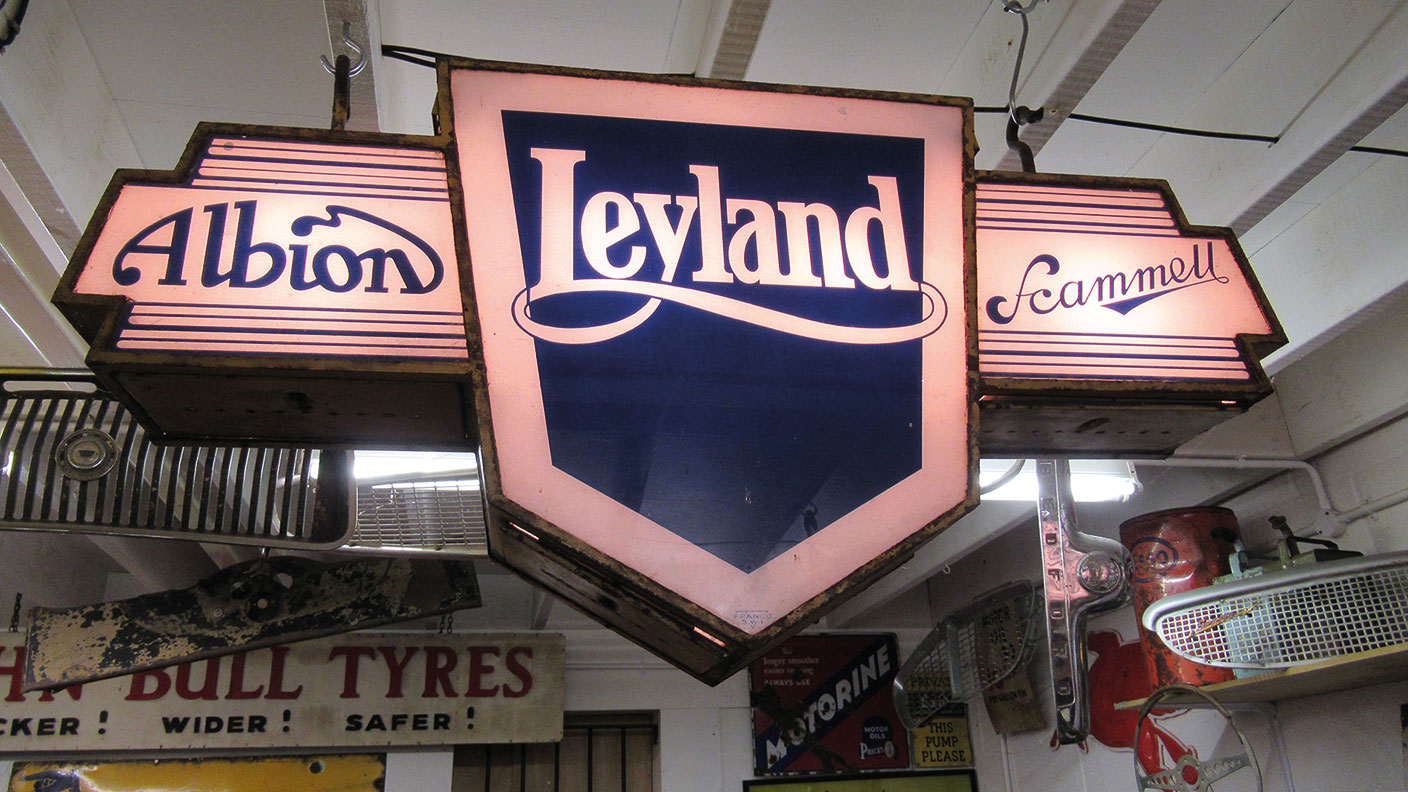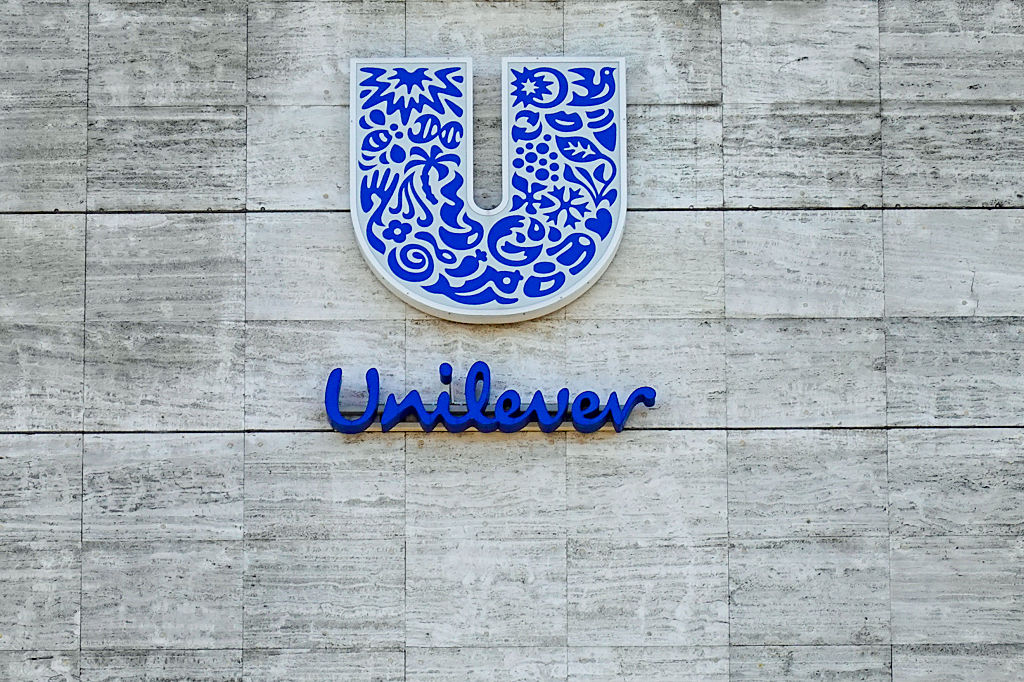Brexit sparks an exodus of artworks form the UK
The last days of Britain's membership of the EU saw a rush to get artworks out of the country before the introduction of new export rules.


Among the thousands of lorries backed up in Dover last month trying to get across the Channel, one was carrying a painting by Henri Matisse, says Alberto Nardelli on Bloomberg. Another, transporting a work by Argentinian-born artist Lucio Fontana, was stuck in the queue along with “tens of millions of dollars of other artworks”. All were trying to get to the European Union before the end of “minimal restrictions… without cumbersome tax and customs procedures” that arrived with the end of the Brexit transition period on 31 December 2020.
One specialist shipping company saw volume jump by 75% in December compared with the previous year. While some works will return to Britain with a Temporary Admission Bond (an arrangement that defers sales tax for up to two years), the reasons for the exodus were many. Some galleries saw more potential buyers in the EU, others decided that “maintaining the pieces’ European status would better support their financial value in the longer term”. Still others wanted to “preserve the allure of artworks that were originally from Europe”. Whatever the reason, the “impact of the Brexit departures is likely only a ripple in a UK market that in 2019 was estimated to have reached $12.7bn in sales… But it’s still another example of how Brexit is bringing friction to markets where previously there was none”, says Nardelli.
The extra paperwork “is actually proving to be quite a painful process”, Joe Kennedy, co-founder of London gallery Unit London, tells The Art Newspaper. “But we are hopeful these are just growing pains.”
MoneyWeek
Subscribe to MoneyWeek today and get your first six magazine issues absolutely FREE

Sign up to Money Morning
Don't miss the latest investment and personal finances news, market analysis, plus money-saving tips with our free twice-daily newsletter
Don't miss the latest investment and personal finances news, market analysis, plus money-saving tips with our free twice-daily newsletter
Get the latest financial news, insights and expert analysis from our award-winning MoneyWeek team, to help you understand what really matters when it comes to your finances.

-
 High earners face £15k income hit by 2029 following Autumn Budget
High earners face £15k income hit by 2029 following Autumn BudgetRachel Reeves’s Autumn Budget means high earners – or HENRYs – are now looking at an income hit running into the thousands. Can you avoid it?
-
 Millions underestimate how many paydays are left until retirement - why you should be counting your payslips
Millions underestimate how many paydays are left until retirement - why you should be counting your payslipsKeeping track of how long you will be earning a salary for can help work out how much you need to put into a workplace pension
-
 British blue chips offer investors reliable income and growth
British blue chips offer investors reliable income and growthOpinion Ben Russon, portfolio manager and co-head UK equities, ClearBridge Investments, highlights three British blue chips where he'd put his money
-
 Coreweave is on borrowed time
Coreweave is on borrowed timeAI infrastructure firm Coreweave is heading for trouble and is absurdly pricey, says Matthew Partridge
-
 Renewable energy funds are stuck between a ROC and a hard place
Renewable energy funds are stuck between a ROC and a hard placeRenewable energy funds were hit hard by the government’s subsidy changes, but they have only themselves to blame for their failure to build trust with investors
-
 Profit from document shredding with Restore
Profit from document shredding with RestoreRestore operates in a niche, but essential market. The business has exciting potential over the coming years, says Rupert Hargreaves
-
 The war dividend – how to invest in defence stocks as the world arms up
The war dividend – how to invest in defence stocks as the world arms upWestern governments are back on a war footing. Investors should be prepared, too, says Jamie Ward
-
 Literacy Capital: A trust where great returns fund a good cause
Literacy Capital: A trust where great returns fund a good causeThere’s plenty to like about specialist private-equity trust Literacy Capital, says Max King
-
 An AI bust could hit private credit – could it cause a financial crisis?
An AI bust could hit private credit – could it cause a financial crisis?Opinion Private credit is playing a key role in funding data centres. It may be the first to take the hit if the AI boom ends, says Cris Sholto Heaton
-
 8 of the best ski chalets for sale now
8 of the best ski chalets for sale nowThe best ski chalets on the market – from a traditional Alpine-style chalet in Switzerland to an award-winning Modernist building in Japan’s exclusive ski areas